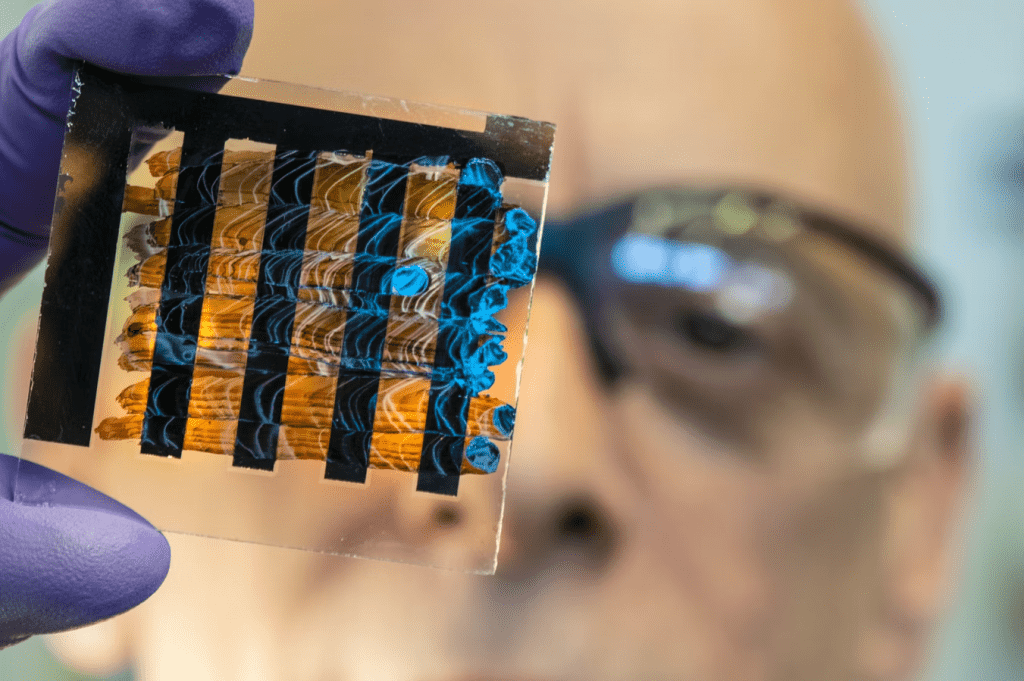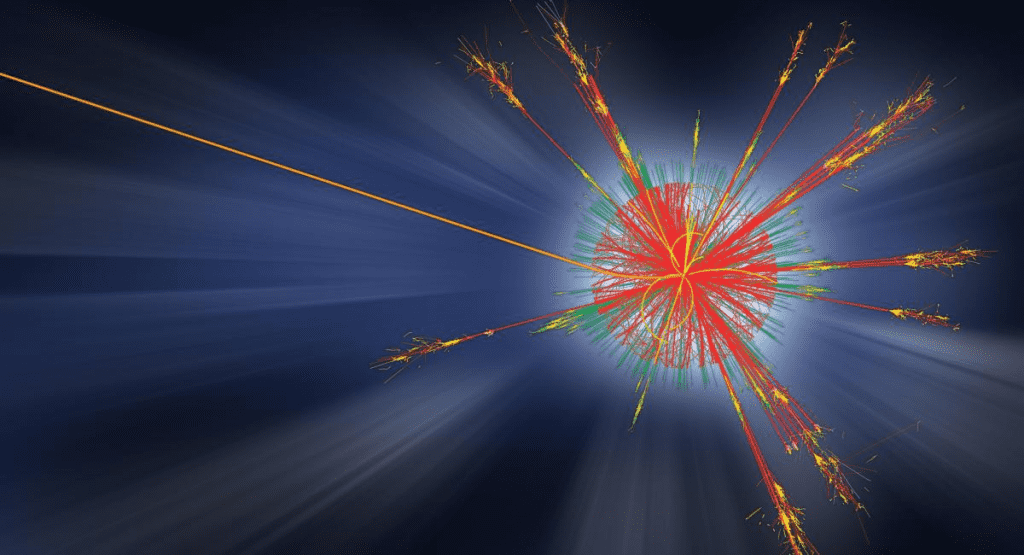Neodymium, which is a naturally occurring element and “is well known for making excellent magnets,” has startled scientists due to its unique characteristics. A study was conducted by a team of scientists at Radboud University and led by physicist Benjamin Verlhac to explore the idiosyncrasies of this material. The scientists were amazed to know that when the temperature is increased from -268 degrees Celsius to -265 degrees Celsius, this magnetic element “neodymium” freezes. This happened for the first time because, in the usual conditions, like in the case of ferromagnetic materials, all of the atoms demonstrate the same aligning positions and when being cooled to a specific temperature, the atoms in these materials become static and freeze, but this opposite behavior shown by Neodymium is quite strange.

According to physicist Alexander Khajetoorians of Radboud University in the Netherlands, “The magnetic behavior in neodymium that we observed is actually the opposite of what ‘normally’ happens.” It’s quite counterintuitive, like water that becomes an ice cube when it’s heated up. ” It has to be noted that in the alloys of iron and copper, the magnetic spins are disintegrated and are not aligned like in the case of other ferromagnetic materials. This condition is known as “spin glass.”
But in the case of neodymium, the mechanism is entirely different, and for its atoms to align, iron has to be integrated with it in the form of a mixture for efficient working. Also, it is interesting to note that this material was tracked down by scientists just two years ago and has been named “self-induced spin glass” due to its unrivaled characteristics. What happens in nature is that whenever we heat a material, its atoms start to vibrate strongly and start gaining energy.

While talking from the magnetic perspective, the increase in temperature leads to an increase in the motion of spins. Similarly, when the magnet is being cooled or is subjected to a low temperature, the motion of the spins becomes slowed down and eventually becomes static. However, as far as Neodymium is concerned, scientists named the rare phenomenon “frustration”. This happens when the material cannot achieve the ordered state with its spins and follows a “disordered ground state” and that is what happens in Neodymium.

Alexander Khajetoorians further stated, “This ‘freezing’ of the pattern does not normally occur in the magnetic material. If we can ultimately model how these materials behave, this could also be extrapolated to the behavior of a wide range of other materials.”


